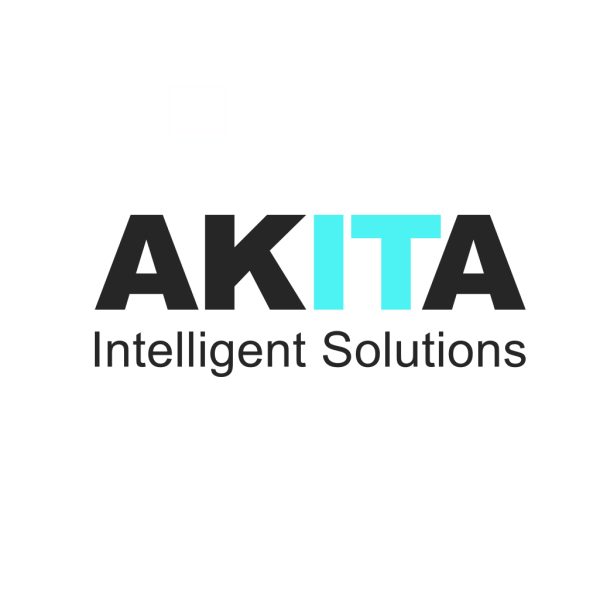Creating a CRM strategy that improves business operations requires a clear understanding of current organisational goals and objectives.
It will be an iterative strategy that changes alongside your business and other factors such as market demands. To help you get started, in this article we’ll outline five ways to develop a CRM strategy that works for you.
Establish And Develop A CRM Objective
The first way to develop a CRM strategy that's compelling is to have clearly established goals. This might incorporate key performance indicators (KPIs), and an assessment of the purpose of the CRM to ensure it aligns with the overall business strategy. A strong approach to this is adopting the SMART goal framework for your objectives. We recommend ensuring your goals are:
• Specific
• Measurable
• Actionable
• Realistic
• Timely
Find Customer Touchpoints
Another way to help develop a CRM strategy is through the identification of various customer touch points. Understanding the interactions that occur between the customer and your organisation along their customer journey can help you focus efforts in the right areas and target customers in a more refined way. Identifying how those touch points influence customer behaviours, will allow you to alter your processes to further funnel customers into your conversion pool.
Create An Inventory Of Your Team's Tools
Creating an inventory of the tools your teams use is also known as a technology audit, and it’s a great way to streamline subscriptions for third-party and separate systems. CRM platforms come packed with functionality, so it may be possible to shed some existing subscriptions by implementing a targeted CRM strategy.

Establish Your Important KPIs
Your KPIs are an excellent way to measure success across a variety of different areas. They vary depending on the nature of your business, but some examples might include:
• Boosting net promoter scores by 5 % over 3 months.
• Optimising sales cycles by cutting them down by 7 days a year.
• Growing social media followers by 20 % over the third quarter.
• Lowering customer churn by 10 % over the year.
Onboarding And Training
To harness all of the benefits that a CRM can provide, it's crucial to ensure that your team comprehends the system's capabilities, functionality, and overarching purpose. Investing the time to adequately train your users is not merely a one-off requirement but an ongoing process. Well-trained staff are more likely to use your CRM system to its full potential, thereby maximising your return on investment.
Furthermore, comprehensive training aids in the quicker adoption of the system across various departments, leading to streamlined operations and better data-driven decision-making. A CRM system is complex, incorporating multiple features designed to enhance customer engagement, sales strategies, and workflow efficiencies. As such, no one should be expected to know how to utilise it effectively without robust, tailored training.
Next Steps To Develop A CRM Strategy
In summary, these five points highlight that it’s important to understand your business strategy before developing a CRM strategy. Defining exactly what you want from your new system means you can accurately measure your progress towards each of your goals, as your team become more confident in utilising its capabilities.
Akita is a leading provider of Microsoft Dynamics 365 solutions. Leveraging our deep understanding of Dynamics CRM technology, we can conduct a comprehensive analysis of your current operational workflows, customer interactions, and data management practices. Our team can then develop a CRM strategy to integrate and optimise Microsoft Dynamics 365 within your existing systems, thereby creating a unified platform for sales, marketing, and customer service.
This bespoke approach ensures that your CRM strategy not only enhances customer engagement but also improves internal processes, leading to increased operational efficiency and revenue growth.
Discover more about our consultancy approach:





